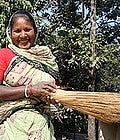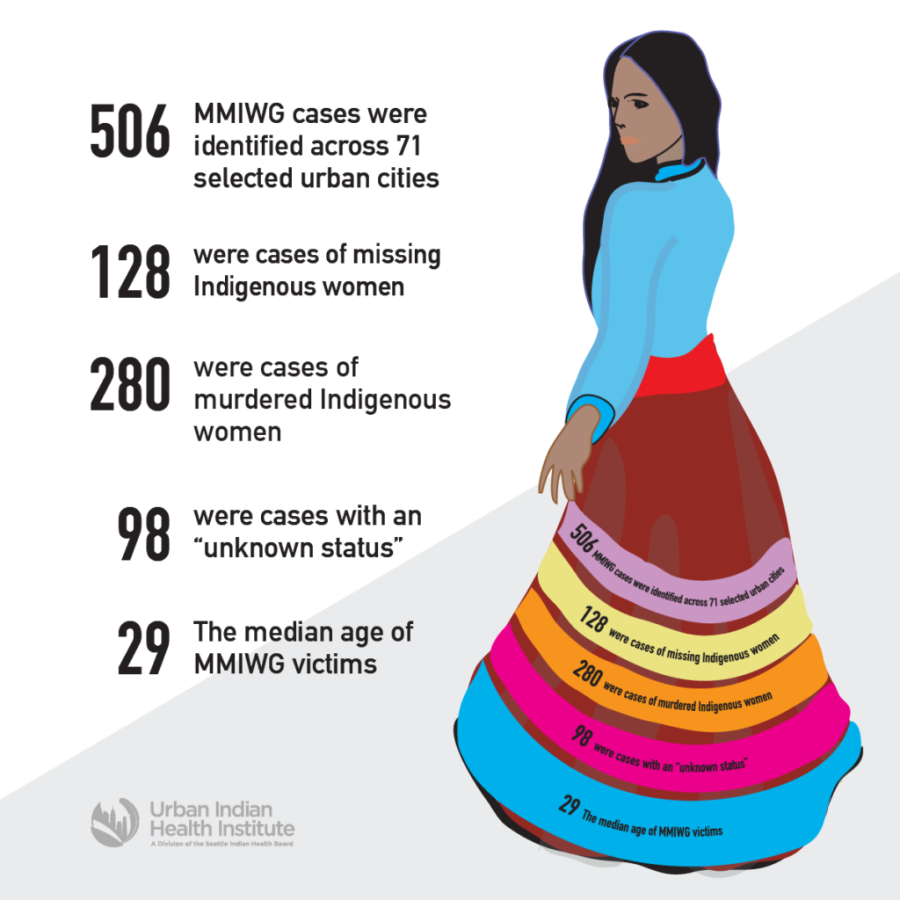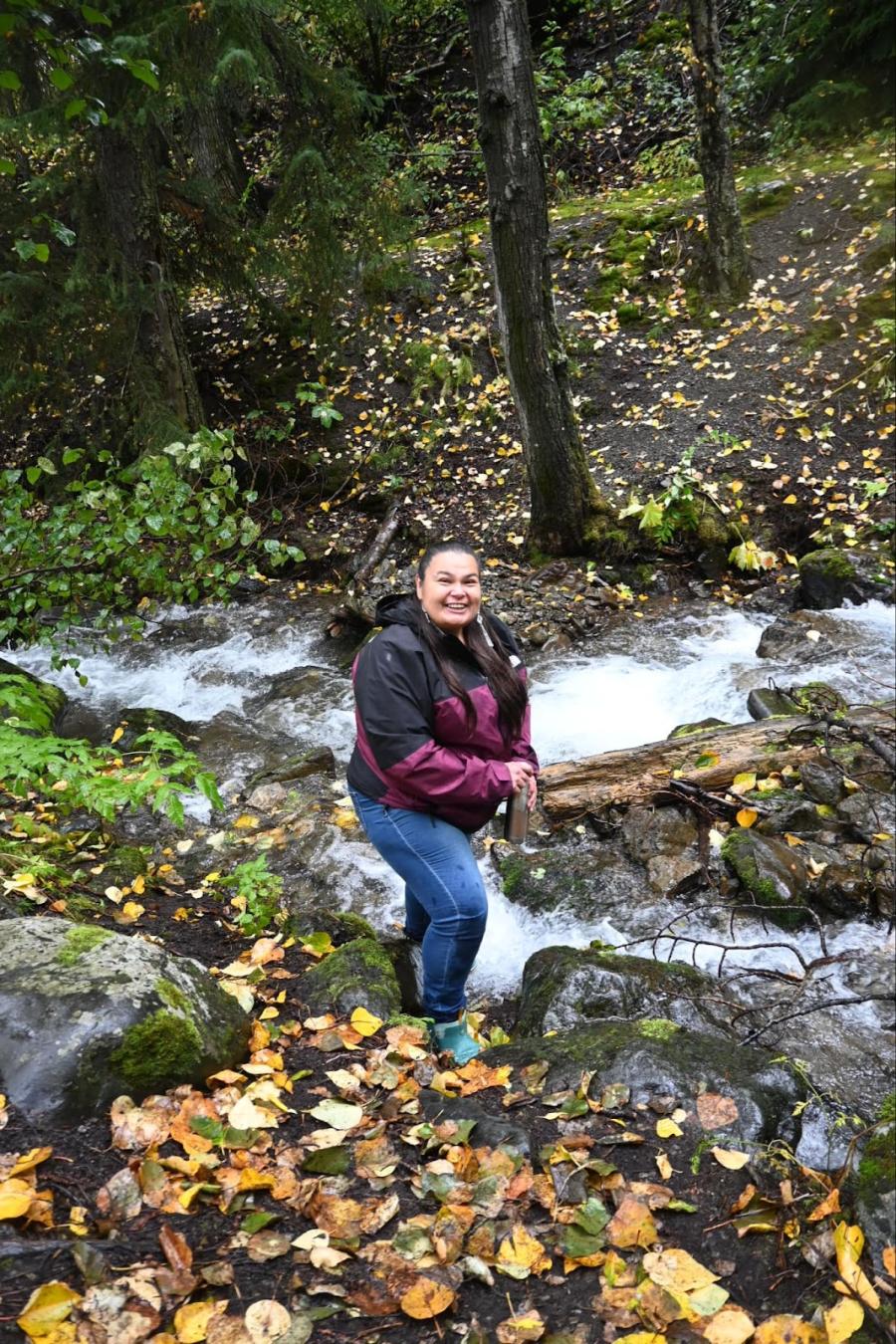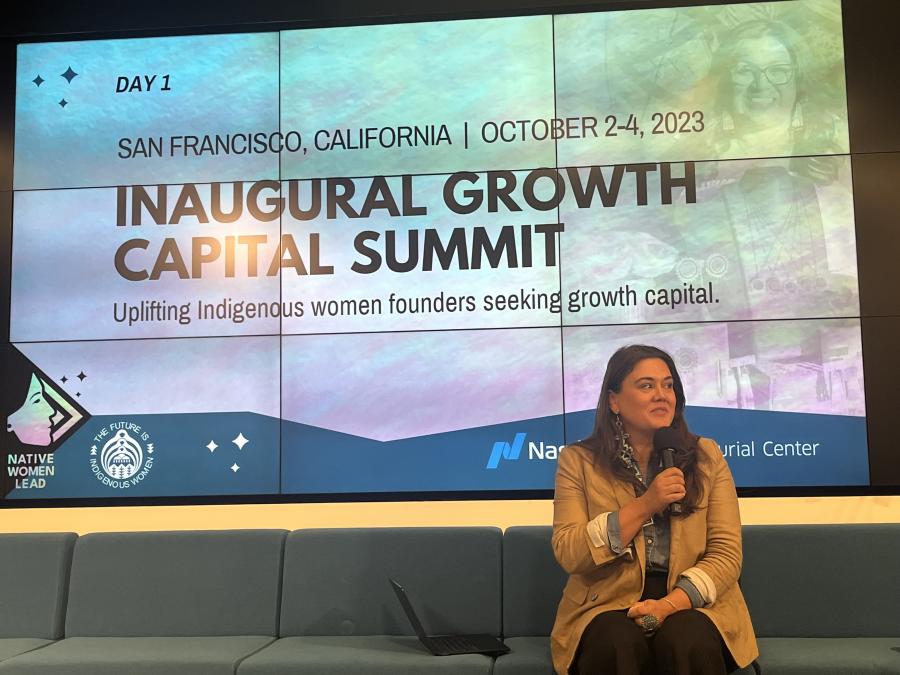The numbers are staggering: according to the Department of Justice, Native American women experience violent crime three-and-a-half times more often than the national average, and one-third of Native American women will be sexually assaulted in their lives. As horrific as that sounds, the problem may, in fact, be even worse than these official statistics suggest, as 70 percent of all rapes typically go unreported, especially when the crimes involve family members or acquaintances. The problem is exacerbated by the fact that many Native American women are unable to receive the medical treatment they require following an instance of sexual assault. The Native American Women’s Health Education Resource Center found that 44 percent of Indian Health Service facilities do not have sexual-assault nurse examiners or access to rape kits—a particular problem because more than half of the sexual assaults on Native women involve violence severe enough to require medical care. Not only are Native women unlikely to get the medical care they need, they are also very unlikely to see justice or resolution through the legal system. Nine out of ten sex crimes reported on reservations are perpetrated by non-Native men, and federal law severely limits the ability of tribal justice systems to prosecute non-Natives, while the justice system outside the reservation is often reluctant to get involved in these cases. As a result, most violent crimes committed against Native American women, perpetrated by either Native or non-Native individuals, go unreported and unpunished. In fact, the Department of Justice has found that the United States fails to prosecute 75 percent of all reported cases of violence on Native American land.  This injustice has created a perception among Native American women that violence against them is both acceptable and sanctioned by the state. Moreover, it is contributing to the decay of Native American women’s self-esteem and feelings of self-worth. This affects not only the individual survivors of sexual assault, but also entire Native American communities as they struggle to deal with the state’s continuous marginalization of their civil rights.
This injustice has created a perception among Native American women that violence against them is both acceptable and sanctioned by the state. Moreover, it is contributing to the decay of Native American women’s self-esteem and feelings of self-worth. This affects not only the individual survivors of sexual assault, but also entire Native American communities as they struggle to deal with the state’s continuous marginalization of their civil rights.
Enter Sarah Deer, a Muscogee woman who has devoted her life to advocating for the rights of Native American women across the country. Sarah began her involvement with domestic and sexual violence prevention work in Native American communities when she was a 20-year-old undergraduate at the University of Kansas. Today, she is an assistant professor of law at William Mitchell College of Law and only the eighth female tribal member in the United States to become a tenure-track law professor. Sarah has worked as a victim-advocacy legal specialist with the Tribal Law and Policy Institute and has served as a grant program specialist with the United States Department of Justice Office on Violence Against Women. She is a board member of both the American Bar Association’s Commission on Domestic Violence and the National Alliance to End Sexual Violence. Additionally, she has co-authored several ground-breaking reports, including Amnesty International’s “Maze of Injustice” and the U.S. Department of Justice’s “Sexual Assault in Public Law 280 States.”
Her journey to the forefront of Native American women’s-rights advocacy has not been an easy one. Throughout her work in the field, Sarah has had to reconcile her Native roots with the mainstream education she received in urban communities. For example, as a college student, Sarah was trained in mainstream “third wave” feminist rhetoric, a doctrine she had to seriously reevaluate when she began working primarily with Native American women. While her mainstream feminist colleagues placed a heavy emphasis on speaking out publicly against sexual violence, her Native colleagues had a different view. “There was lots of rhetoric about breaking the silence, taking back the night, etc.,” she says. “They promoted the notion that in order to be empowered, in order to combat sexual violence, a survivor had to name names, had to report directly to the police, had to speak out in the public arena. But throughout my work, I have met many Native women who have chosen not to speak out publicly, and this should also be honored and celebrated in its own way.” Deer is not arguing that survivors of sexual assault should all remain silent. Rather, she is saying that the context in which sexual assault occurs needs to be examined. When context is considered, it becomes clear that neither all women, nor the communities that support them, will—or should—respond to sexual violence in the same way. “Many tenets of the mainstream rape crisis movement do not always hold true in Native American communities,” she says. “To speak out is not necessarily how Native women see empowerment. Silence can be empowering in itself.”
“There was lots of rhetoric about breaking the silence, taking back the night, etc.,” she says. “They promoted the notion that in order to be empowered, in order to combat sexual violence, a survivor had to name names, had to report directly to the police, had to speak out in the public arena. But throughout my work, I have met many Native women who have chosen not to speak out publicly, and this should also be honored and celebrated in its own way.” Deer is not arguing that survivors of sexual assault should all remain silent. Rather, she is saying that the context in which sexual assault occurs needs to be examined. When context is considered, it becomes clear that neither all women, nor the communities that support them, will—or should—respond to sexual violence in the same way. “Many tenets of the mainstream rape crisis movement do not always hold true in Native American communities,” she says. “To speak out is not necessarily how Native women see empowerment. Silence can be empowering in itself.”
For Deer and other Native women, one of the important aspects of sexual assault is the echo of America’s colonial legacy. “There is a psychological pass-down of trauma that has occurred,” she says. But even agencies designed to support survivors of sexual violence continuously fail to consider historical context. “Non-Native shelters do not understand that a particular instance of sexual assault is not an isolated event,” she says. “It is a history—a legacy—of oppression and violence. I see so many good rape crisis centers that do great work around issues of oppression, patriarchy, subjugation, racism, sexism, and all of these other ‘isms,’ but not a single mention of colonialism. Native women must talk about colonialism because it is such an important aspect of our experiences.”
Deer practices what she preaches: “Currently I am doing some historical exploration of rape and sexual abuse during the forced removal of tribes from the Southeast to Indian Territory,” she says. “I believe that this traumatic experience, which occurred over 150 years ago, continues to play a significant role in tribal communities in Oklahoma today.”
Deer has found that in addition to illuminating current problems, studying the past may offer insight into solutions. For example, programs that help Native perpetrators relearn their traditional cultures may help curb violence within Native communities. Deer gives the example of the Cangleska, Inc. Men’s Re-Education Program, run by the Oglala Sioux Tribe in South Dakota, where participants “are required to examine their behavior in the context of their culture.” Sarah also believes that Native American language revitalization projects can improve tribal responses to sexual violence.
“I help tribal governments write better laws to address a variety of issues,” Deer says. “But there is no requirement that tribal laws be written in English. I’ve been told that in many tribal cultures, English can’t adequately describe tribal conceptions of justice and accountability. I am intrigued by the idea of cultural revitalization as a response to and a result of responding to sexual abuse.”
Another aspect of using culturally appropriate methods for dealing with sexual violence is strengthening tribal justice systems. “It would be ideal if tribal communities had the resources, the power, and the authority to prosecute crimes against women in whatever way is most meaningful to the community,” Deer says. “Though we are working towards this, the reality of the situation is that this cannot happen overnight.” Nor is this necessarily the only tool that needs to be used. “Though nontribal adjudicatory systems can never address the spiritual justice that so many survivors desire,” she says, “the Western system can (and should) get the dangerous people off the streets. Many tribal justice systems have been so assimilated or so weakened that there is no tribal response to felony crimes. Native women, like all women, deserve to have action taken when lives are in danger.”
“Tribal governments should and will be able to deal with these crimes,” she says, but they need support to reach that goal. “Native communities are ready to deal with these issues on a larger scale. They are ready to address not just the symptoms of sexual violence but the causes as well. But how can you do that if you can’t keep the electricity on at the local shelter, if you do not have enough blankets and enough beds? I meet Native women every day who tell me that they could tackle these problems if they could just keep the lights on in the shelter. These activists need to have the resources to keep these places open in order for them to do long-term, systemic work.”
Though Deer places a heavy emphasis on support networks for survivors of sexual violence, she disagrees with the popular notion that survivors of sexual assault, regardless of their ethnic background, need to be “healed.” Placing too much emphasis on healing, she argues, can divert attention from those accountable for the violence and place the onus of the experience on the survivor.
“One of my mentors, Bonnie Clairmont (Ho-Chunk) has really encouraged me to challenge the assumption that survivors of sexual violence need healing. What we need is justice. Justice has different forms, and certainly healing can be part of justice, but I always want to resist the labeling of victims as damaged or defective,” she says.
As Deer herself will attest, sexual violence against Native American women will not disappear quickly. Even if the epidemic of sexual violence against Native American women was to suddenly cease, the scars from centuries of sexual violence would continue to burn in the memories of all those effected—even indirectly—by the experience. But Deer’s view for the future is not a grim one. While too few people recognize the importance of combating sexual violence against Native American women, those who do are more informed and passionate than ever. Despite challenges, many Native and non-Native women are working together to bring about meaningful changes for all women affected by sexual assault. In February 2009, the Obama administration even allocated roughly $22.5 million to the Department of Justice’s Violence against Women Grant as part of its $2.5 billion stimulus package for all of Indian Country. As violence against Native American women becomes an increasingly public concern, we can expect to see even more from Sarah Deer, without whom today’s improvements may have been impossible.
“I want to be out there, always,” she says. “I always want to be doing something.”
Nora Lawrence is an intern at Cultural Survival.



